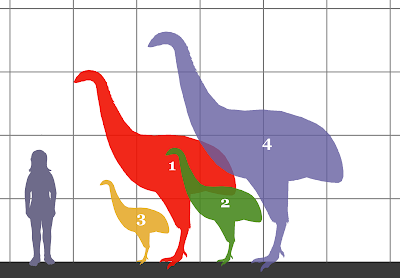"Perhaps the most one-sided relationship of all is that which sometimes occurs with the Pisonia tree. This grows on coral islands, in almost pure sand; it has a very sticky fruit and if this becomes attached to a relatively small bird, like a noddy tern, the bird may be unable to free itself and dies, so providing the seedling with excellent compost to start its growth in the barren habitat."1
 |
| A tropical shearwater in trouble. The seeds can also kill white and noddy terns. Source: https://seychellesseabirdgroup.wordpress.com/2013/06/02/pisonia-grandisa-grand-problem/ |
I looked the story up today. It's true that the sticky seeds can kill birds, sometimes in unsustainable numbers. But someone pointed out that this might not actually benefit the tree:
"according to current research in the Seychelles Island of Cousins... the germination of the pisonia seeds is not facilitated by being within the carcass of a seabird"2.
As a reference, they link to a page by the Seychelles Bird Group3 which in turn (tern)
references one unpublished report and two papers. I've looked at the
papers, and one mentioned that another paper discussed noddy terns and
Pisonia seed dispersal, but I looked that up too and can see nothing
about germination in carcasses. So whether the seeds' deadliness is
beneficial to the tree or effectively accidental is still a mystery.
References
1 The Story Of Life. Richard Southwood, Oxford University Press
2 http://neotrigonia.blogspot.co.uk/2016/01/the-bird-killing-tree-of-great-barrier.html
3 https://seychellesseabirdgroup.wordpress.com/2013/06/02/pisonia-grandisa-grand-problem/









